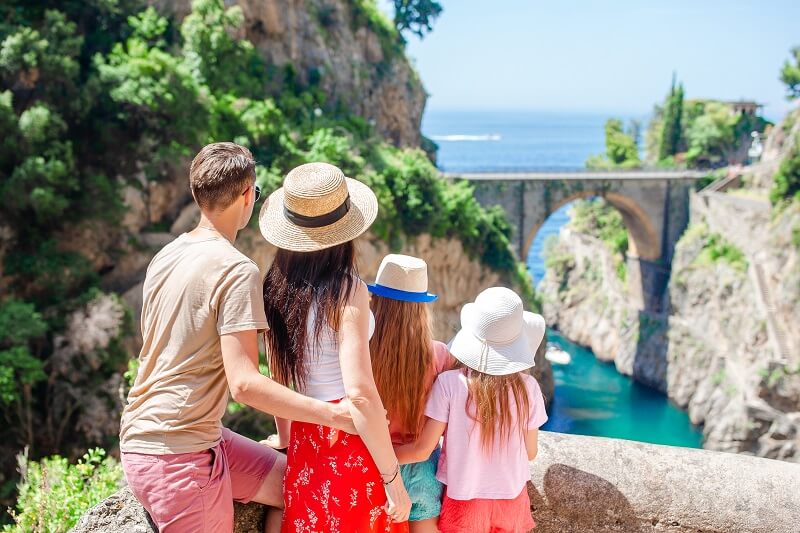
“Europe With Kids: A Travelling Parent’s …” from etias.com and used with no modifications.
Main Points
Uncover the top European destinations for family cultural trips, with a focus on child-friendly activities and historical sites.
Find out how to pack efficiently for a cultural excursion, ensuring you have all the necessary items without overpacking.
Receive advice on selecting the most suitable cultural tour for your family, considering interests, ages, and energy levels.
Learn how to handle transportation and lodging in Europe for a worry-free family journey.
Discover how to create unforgettable memories and promote global understanding in your kids through engaging cultural experiences.
Experiencing the Soul of Europe Through Family Journeys
Europe has a certain enchantment that makes it an ideal setting for family journeys. Picture strolling down cobblestone paths with your children, each turn revealing a gateway to a different time period. The continent’s mosaic of cultures presents a distinctive mix of educational and entertaining experiences that can strengthen your family’s bond and create lifelong memories.
First and foremost, planning is crucial. Begin by talking with your family to find out what they are most interested in. Do your children dream of knights and castles? Are they captivated by the stories behind famous works of art? Or maybe, they love the idea of enjoying delicious pastries in a café in Paris. After you’ve determined their interests, you can customize your trip to make sure it’s a success with everyone in the family.
What to Pack for Your Cultural Adventure
Packing for a cultural tour in Europe doesn’t have to be a hassle. The key is to pack light and intelligently. Here’s a short list to help you get started:
Comfortable walking shoes – You’ll be doing a lot of walking.
Weather-appropriate clothing – Europe’s weather can be unpredictable, so layering is a good idea.
Portable chargers – Keep your devices charged for taking photos and using maps.
Travel-sized games or books – Great for keeping busy during downtime or long journeys.
A sturdy backpack – For carrying snacks, water, and any souvenirs you pick up.
Keep in mind, you want to be able to move around easily, especially when you’re moving through museums or getting on and off public transportation. And don’t worry if you forget something. Most European cities have plenty of shops, so you can always buy what you need and shop like a local!
Must-See Places for Family Cultural Trips
Europe is a goldmine of places each with their unique history and culture. Let’s explore some of the best places that families will surely love. For those looking to tailor their journey, consider exploring custom family vacations to Europe that cater to cultural experiences.
Experience the Mediterranean: Italy and Greece

“14-Day Italy and Greece Tour …” from www.zicasso.com and used with no modifications.
Italy is a sensory overload. Imagine your family throwing coins into the Trevi Fountain or learning to make pizza in Naples. In Rome, take a step back in time at the Colosseum and picture the roar of the ancient crowds. And of course, don’t miss out on gelato-hopping – it’s educational, isn’t it?

“Parthenon, Ancient greek architecture …” from www.pinterest.com and used with no modifications.
Greece is just as magical. The legends of gods and heroes are brought to life as you explore the Parthenon in Athens. On the island of Crete, the Palace of Knossos is a maze of history where children can pursue the tale of the Minotaur. And the beaches? They’re ideal for a day of sunshine and storytelling.
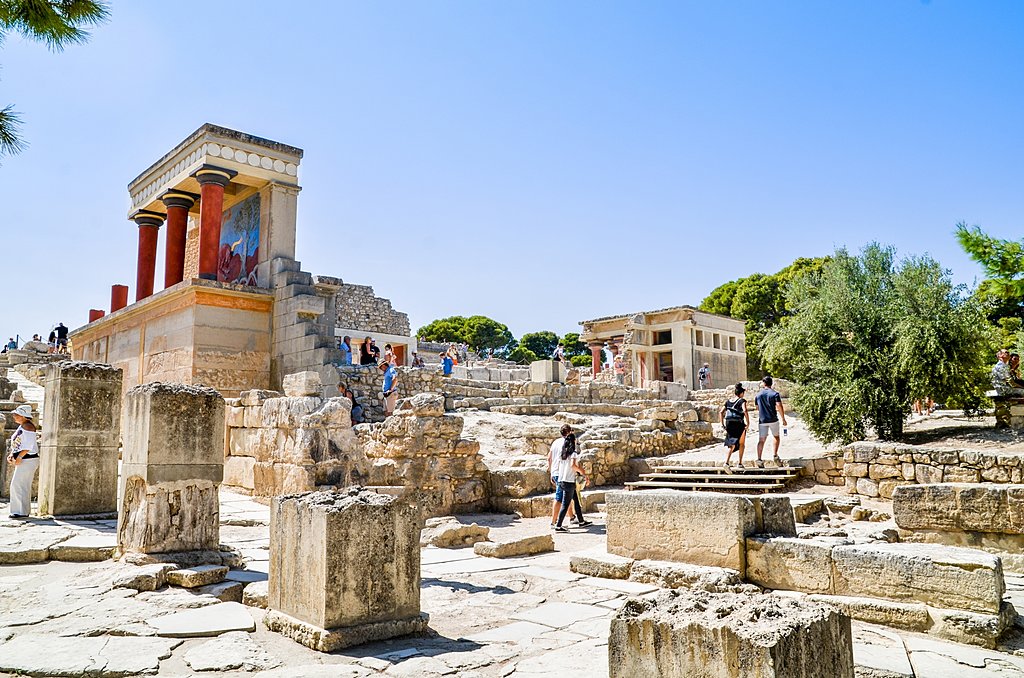
“Visit the Palace of Knossos and …” from www.kimkim.com and used with no modifications.
Fantasy Locations: Germany and Austria

“Fairytale Places to visit in Germany …” from www.greatvaluevacations.com and used with no modifications.
Germany is a living fairy tale, with castles such as Neuschwanstein that served as the inspiration for Disney’s Sleeping Beauty castle. In Munich, the Deutsches Museum has interactive exhibits that make science fun. And, of course, the delight of a filling pretzel after a day of discovery is not to be forgotten.
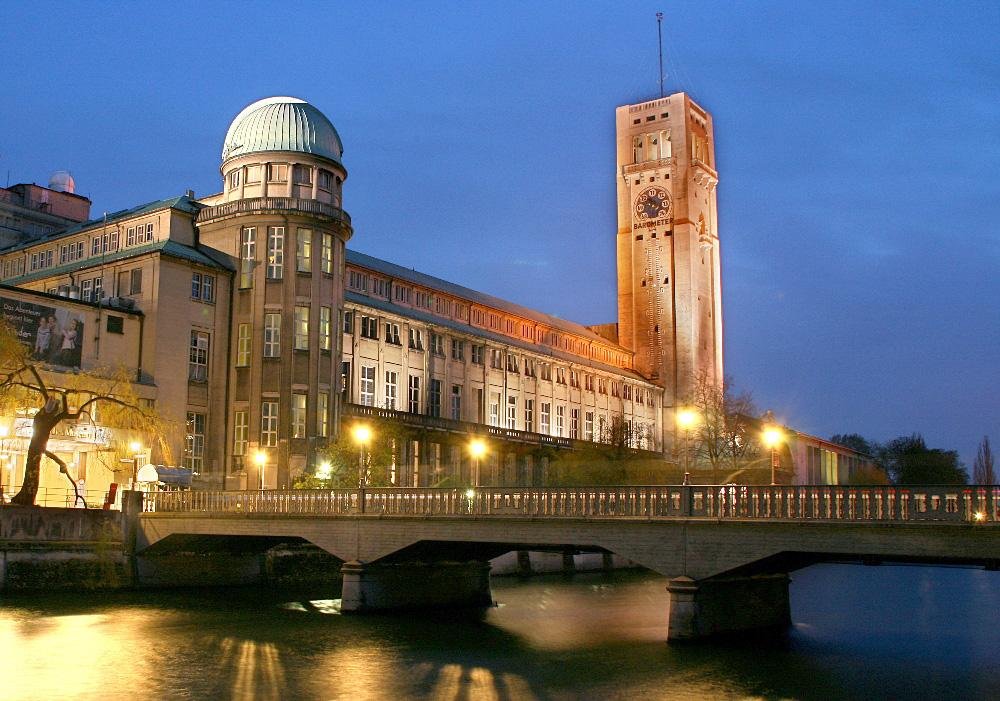
“Deutsches Museum – All You Need to Know …” from www.tripadvisor.com and used with no modifications.
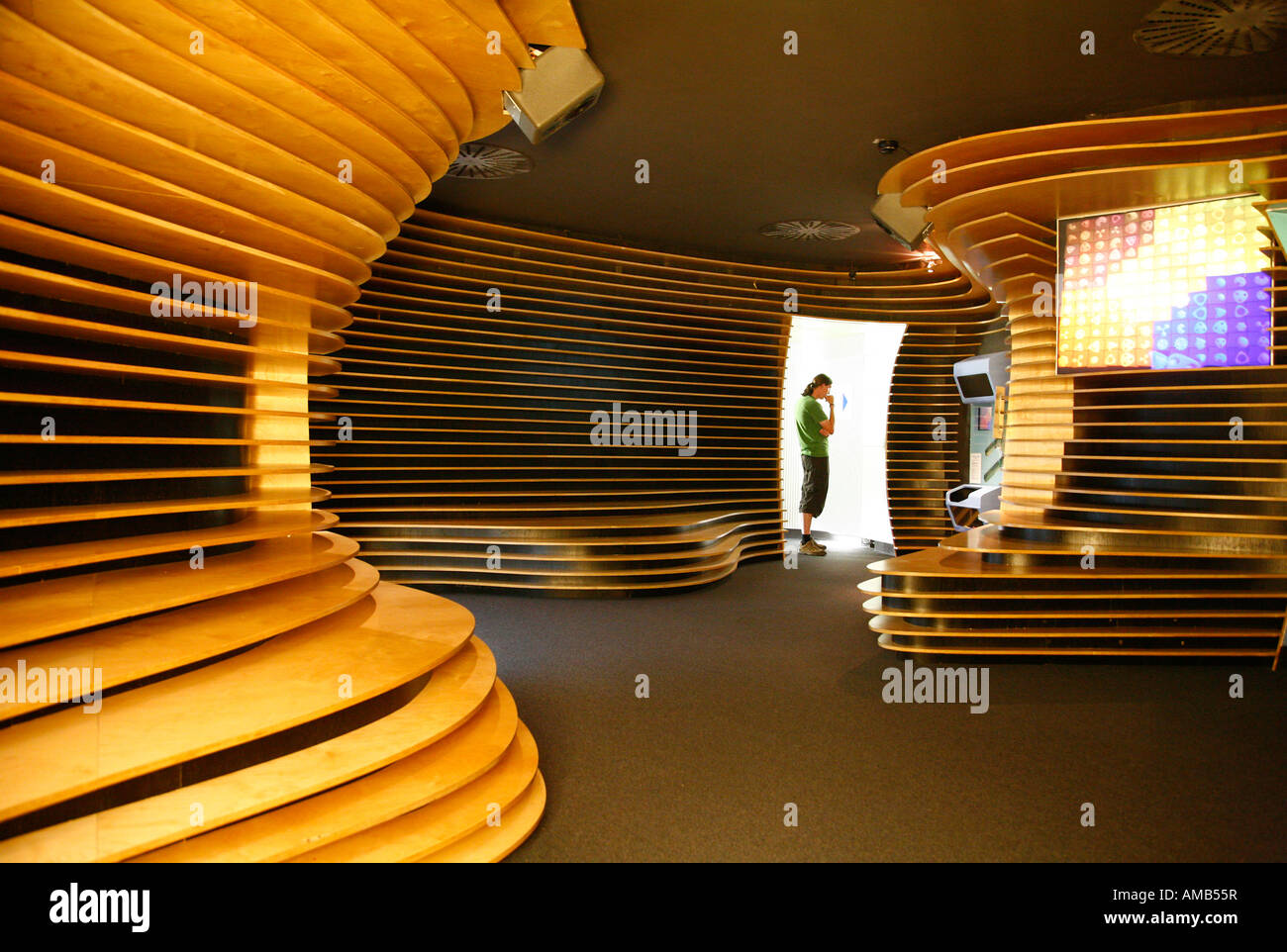
“Vienna house of music museum hi-res …” from www.alamy.com and used with no modifications.
On the other hand, Austria’s musical legacy appeals to all ages. In Vienna, acquaint your kids with the marvels of classical music at the House of Music museum. Salzburg, where Mozart was born, also hosts ‘The Sound of Music’ tour, which takes you to all the famous locations from the movie.
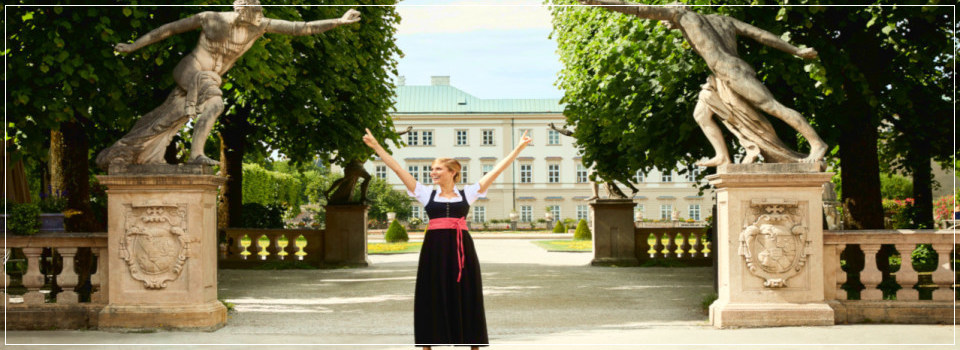
“Sound of Music in Salzburg : The story …” from www.sallerhof.com and used with no modifications.
Spain and Portugal: A Symphony of Colorful Traditions

“Unique experiences in Spain: fun ideas …” from www.barcelo.com and used with no modifications.

“Gaudí Barcelona: 10 of the Architect’s …” from www.timeout.com and used with no modifications.
Spain is a riot of colors and a celebration of life. Picture yourself swaying to the beats of flamenco in Seville or gaping at the quirky Gaudí architecture in Barcelona. Interactive experiences like a treasure hunt in the Alhambra of Granada make history exciting for the little ones.
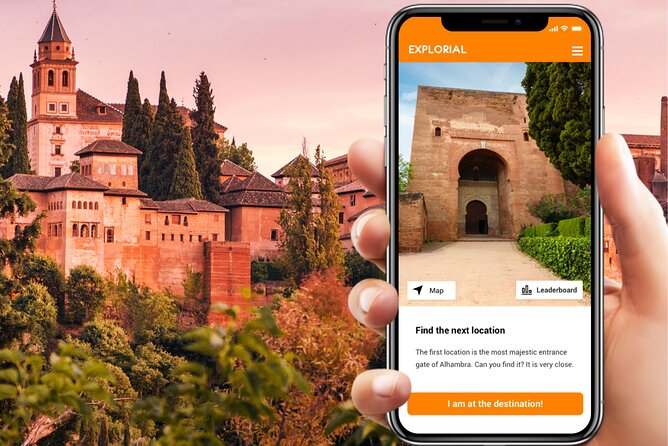
“Granada (Alhambra) Scavenger Hunt and …” from www.viator.com and used with no modifications.
Portugal is a beautiful blend of ancient charm and contemporary culture. The trams in Lisbon offer a thrilling ride up and down the city’s hills, providing breathtaking views. The Oceanário de Lisboa aquarium is a mesmerizing underwater world that is sure to captivate every member of the family.

“A guide to the Trams of Lisbon – Moving …” from www.movingtoportugal.pt and used with no modifications.

“Lisbon Oceanarium (Portuguese …” from www.flickr.com and used with no modifications.
Discover the Charm of the Baltics: Estonia, Latvia, and Lithuania
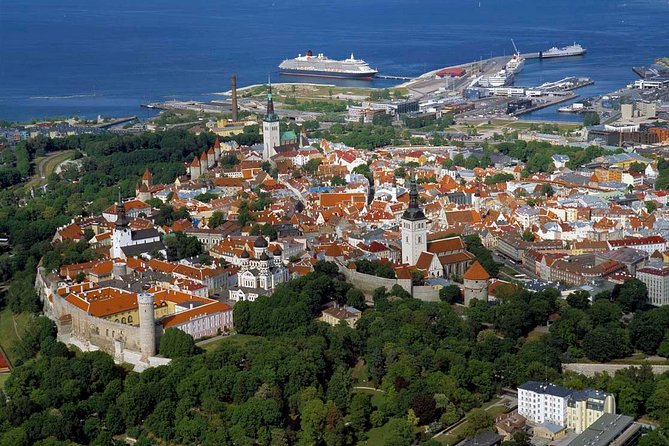
“8-Day Tour Estonia, Lithuania, Latvia …” from www.viator.com and used with no modifications.
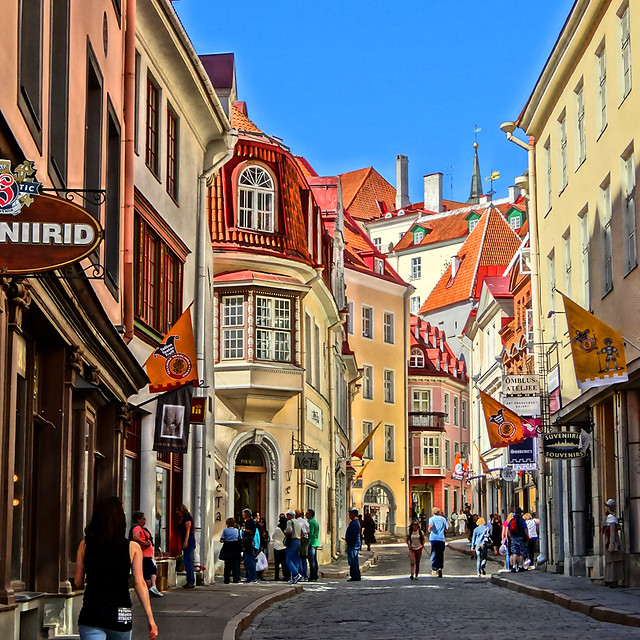
“Tallinn (Old Town), Estonia | Tallinn …” from www.flickr.com and used with no modifications.
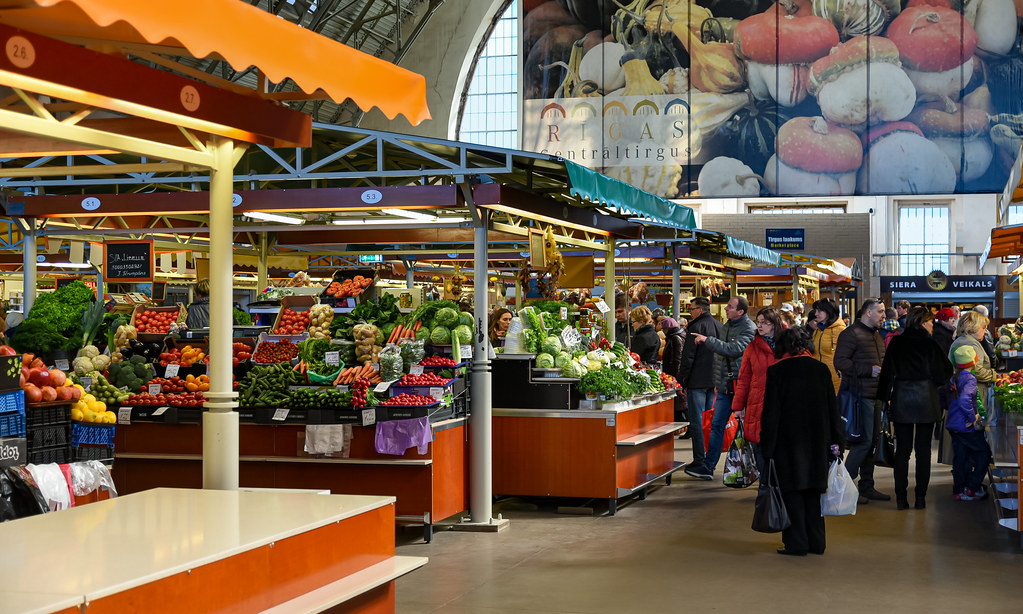
“Riga: Central Market | Riga Central …” from www.flickr.com and used with no modifications.
The Baltic states are hidden gems that offer medieval old towns and stunning coastlines. The old town of Tallinn, a UNESCO World Heritage site, feels like stepping back in time. Riga’s Central Market is a great place to try local delicacies and meet welcoming locals, while Lithuania’s Trakai Castle appears to float on water, creating a magical fairy tale scene.
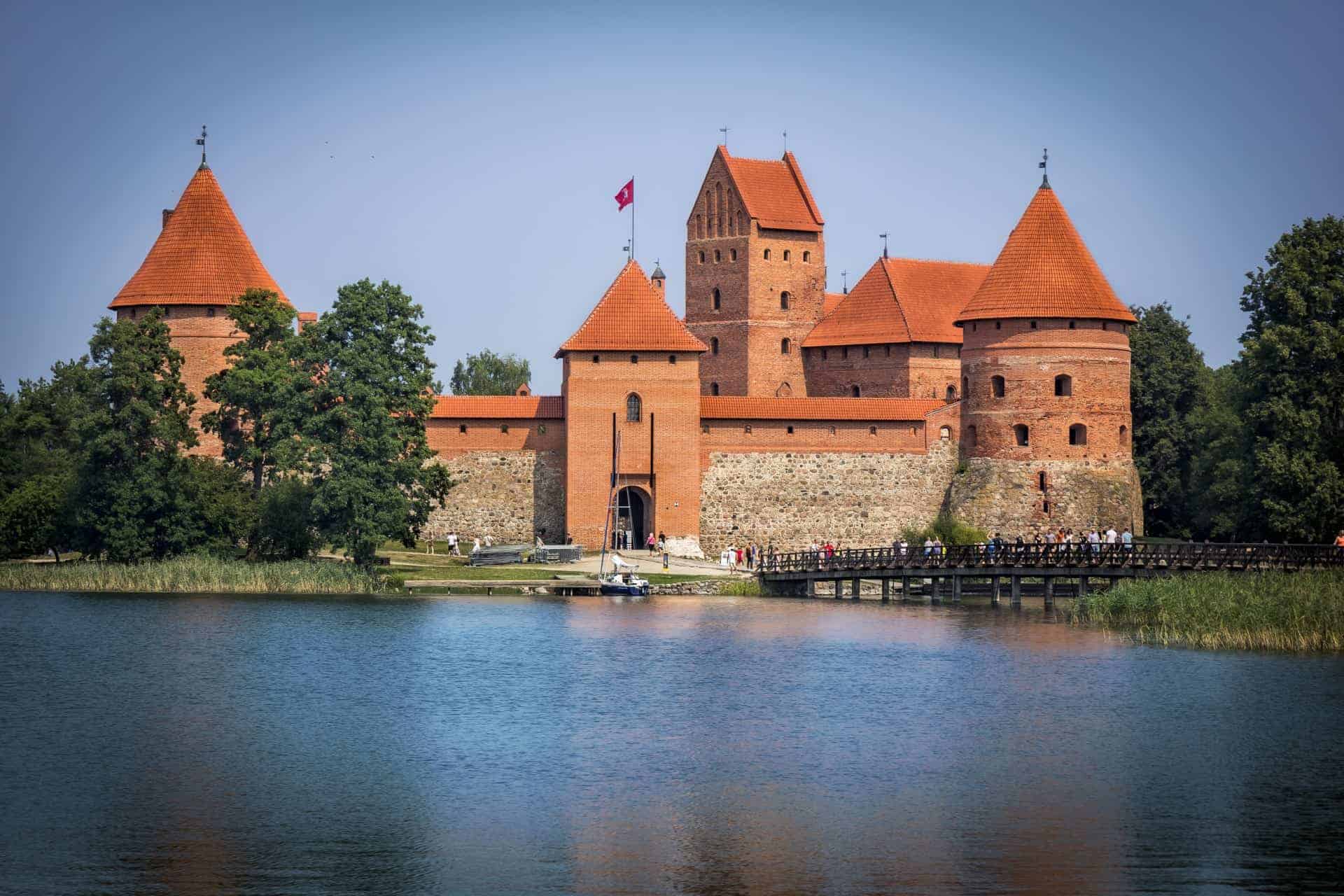
“Trakai Island Castle | The Definitive …” from www.odysseytraveller.com and used with no modifications.

“Estonia travel guide” from www.responsiblevacation.com and used with no modifications.
Museums and Interactive Exhibits for Families
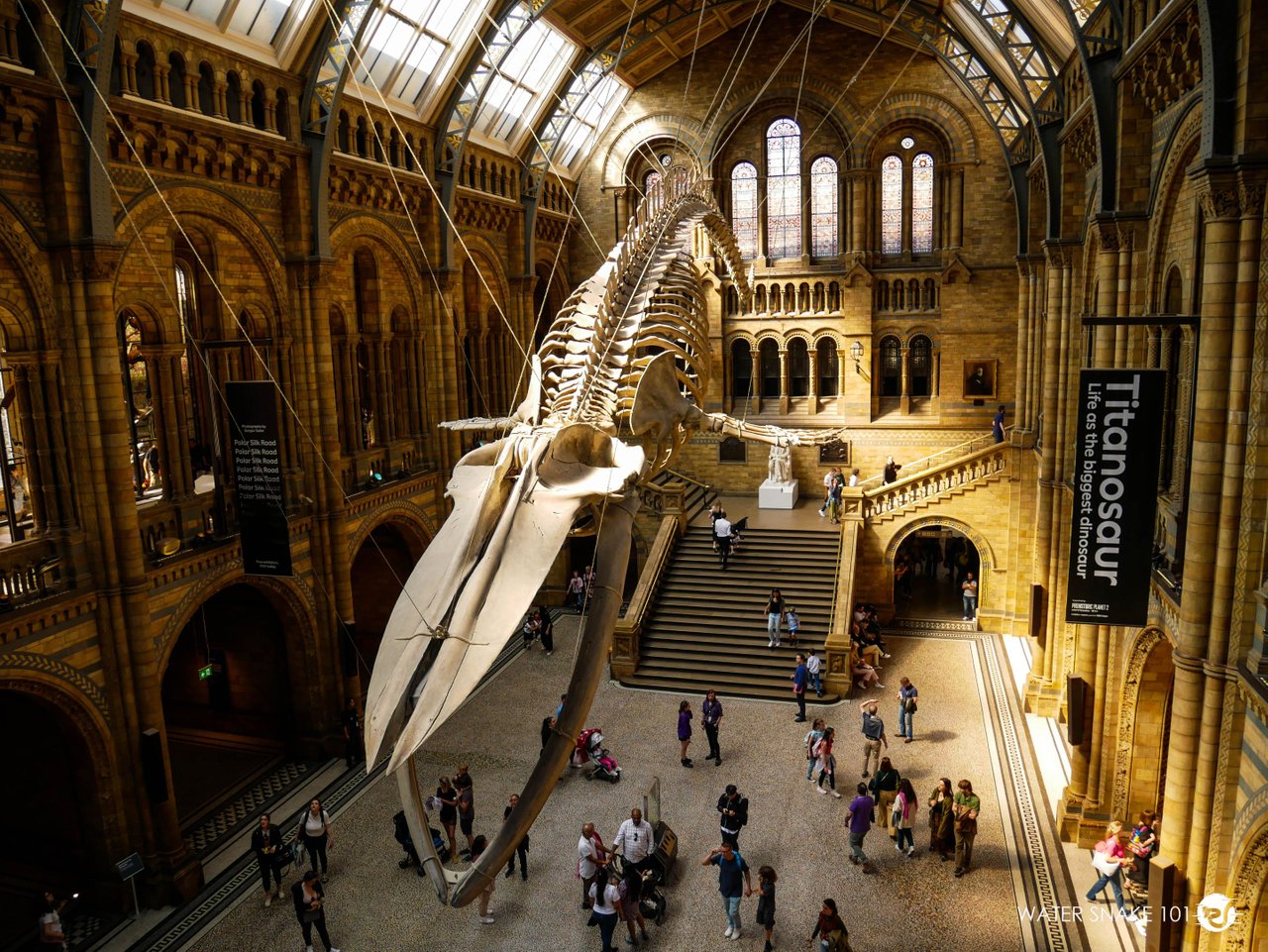
“Natural History Museum London • An …” from peakd.com and used with no modifications.
In Europe, museums aren’t just about silent hallways and glass displays. They’re interactive spaces where history and science come to life for inquisitive minds. For instance, the Natural History Museum in London has a dinosaur exhibit that will leave your kids in awe, and the Science Museum next door is packed with interactive displays to engage aspiring inventors.
“Children learn best when it feels like play. European museums have turned this into an art form, making every visit a fun adventure.”

“an incredible family event at the Cité …” from www.sortiraparis.com and used with no modifications.
The Cité des Sciences et de l’Industrie in Paris is a haven for budding scientists, with exhibits on everything from space to sound. And let’s not forget the smaller, specialist museums that often turn out to be the highlight of the trip, like the Chocolate Museum in Cologne, Germany, where the story of chocolate is as sweet as the samples.

“The Cologne Chocolate Museum | Daniel …” from www.flickr.com and used with no modifications.
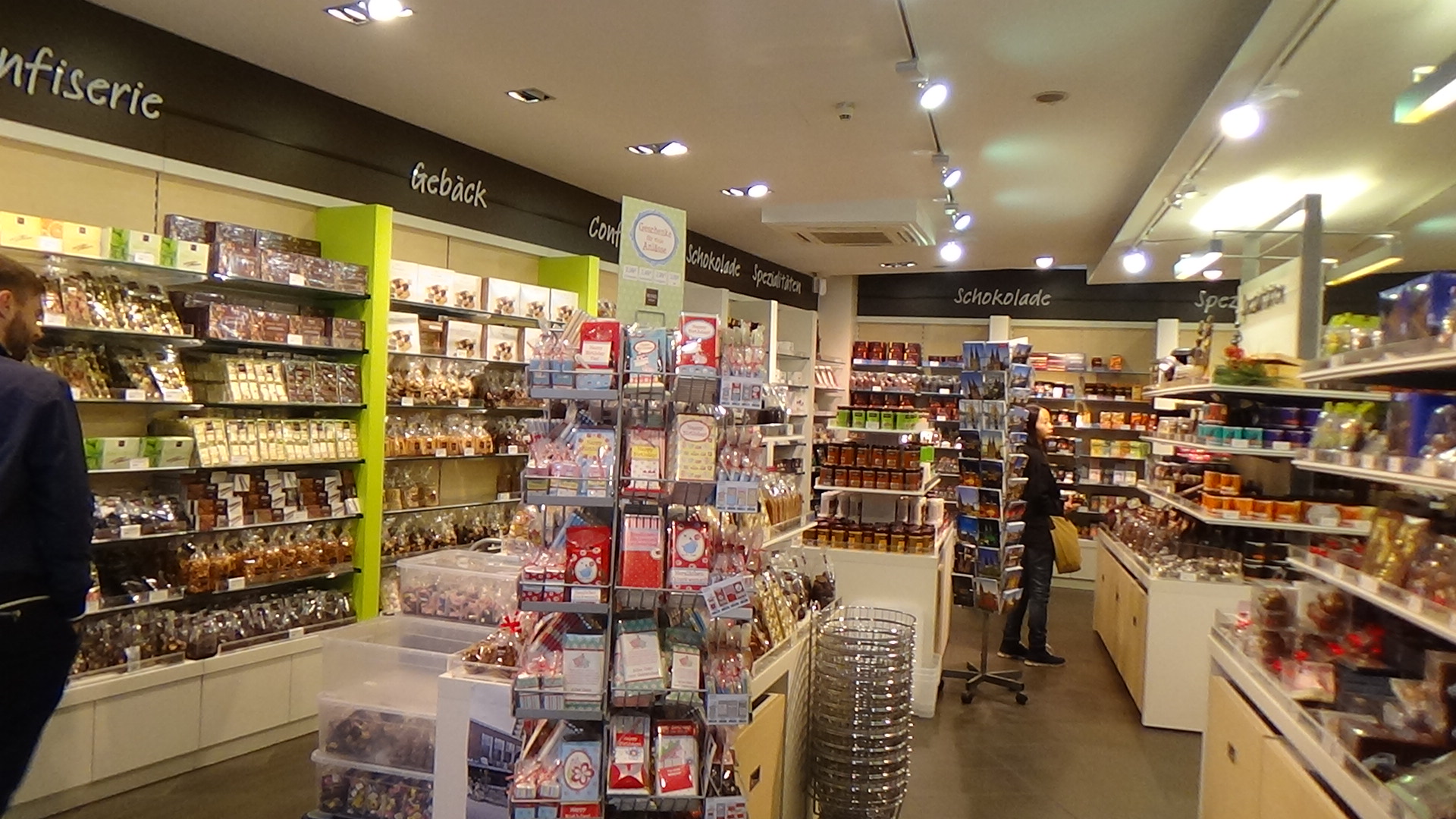
“Cologne Chocolate Museum | European …” from www.europeanbarging.com and used with no modifications.
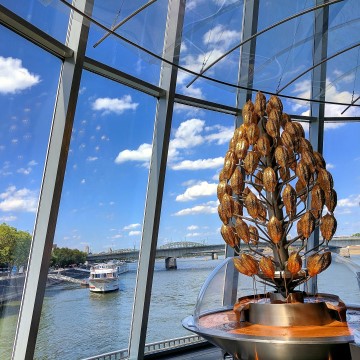
“Chocolate Museum in Cologne …” from www.parentingtogo.ca and used with no modifications.
Be on the lookout for family tickets or “no charge” days that are provided by many museums. This not only helps you save money, but it also motivates you to visit places you might not have thought of. Make sure to check the event calendar of the museum as well – special workshops or family days can make your visit even more enjoyable.
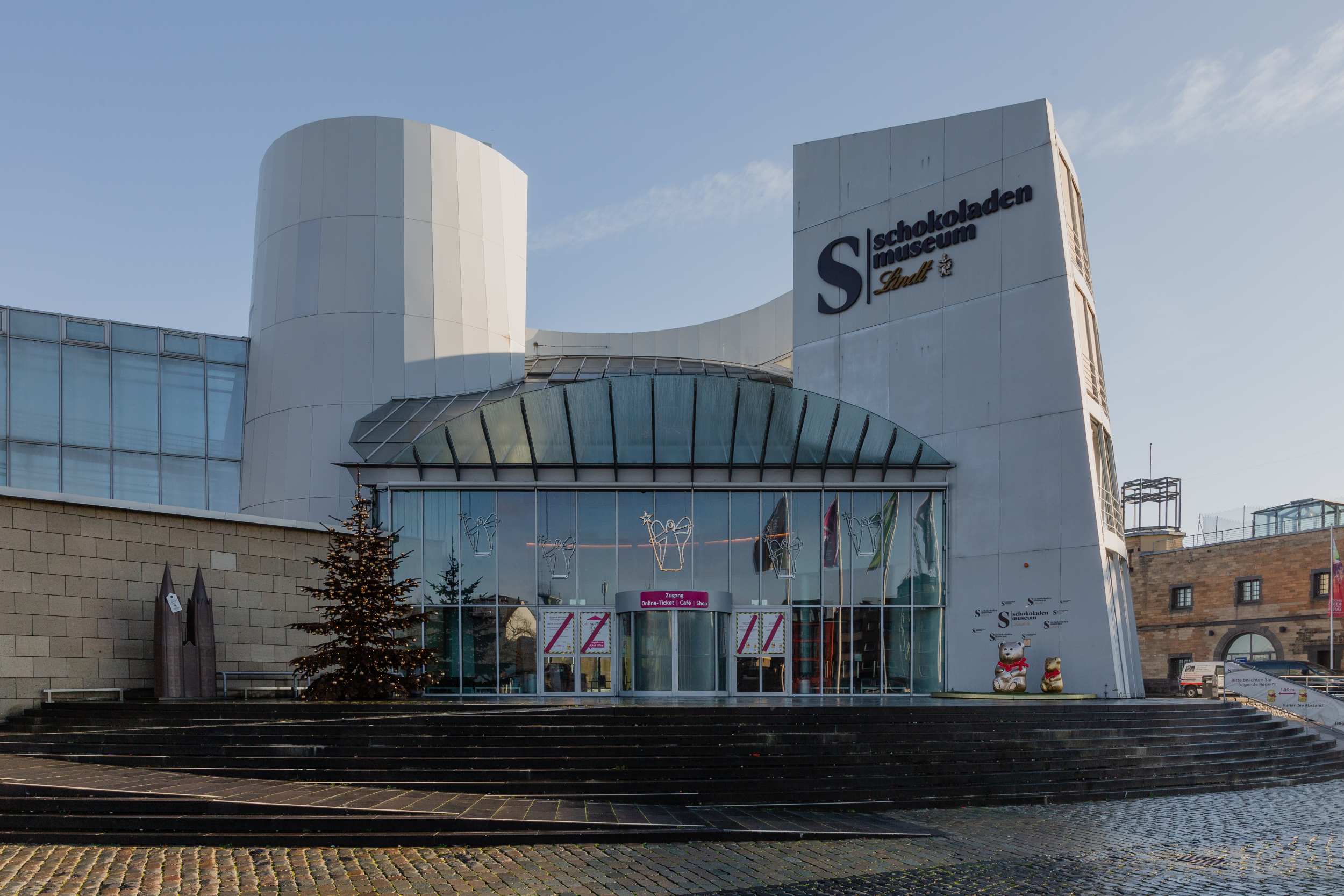
“Chocolate Museum Cologne: everything …” from www.cologne-tourism.com and used with no modifications.
When the children need to let off some steam, many museums have interactive play areas or gardens. These are great places to take a break and let the children be children.
Food and Cooking: Flavors of Different Cultures
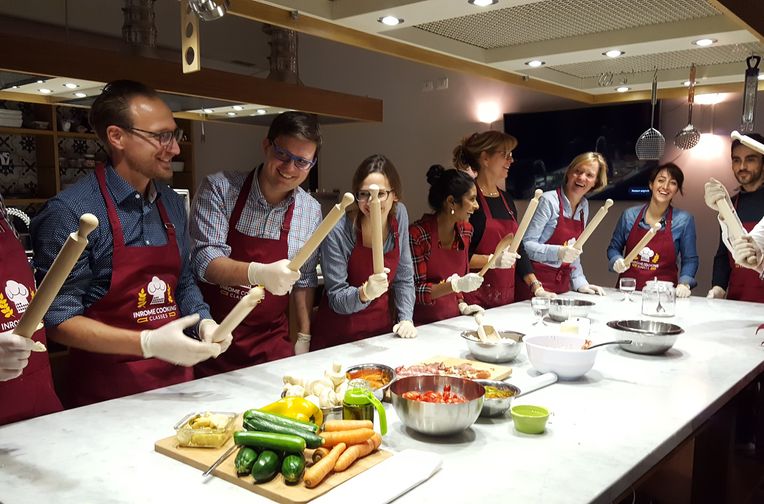
“Pasta Making Cooking Classes in Italy …” from www.cookly.me and used with no modifications.
Food is a tasty way to understand a culture. Get your children interested in the local cuisine by trying new dishes together. In Italy, take a family cooking class where you can learn to make pasta from scratch. It’s not just a meal; it’s a skill they’ll remember and use long after the trip is over.
Workshops and Historical Reenactments
Reenactments and workshops are some of the most exciting ways for families to immerse themselves in history. These interactive experiences make history come alive in a way that books and lectures simply can’t. Picture your family in the UK, participating in a reenactment of a medieval battle, or in Rome, donning togas to learn about life in ancient Rome.
You can participate in a variety of workshops, from ancient crafts to traditional dance lessons. These offer a unique chance to not only see but to participate. Whether you’re weaving a traditional Irish basket or pressing olives into oil in Greece, these activities provide a real connection to the culture and the people who keep these traditions alive.
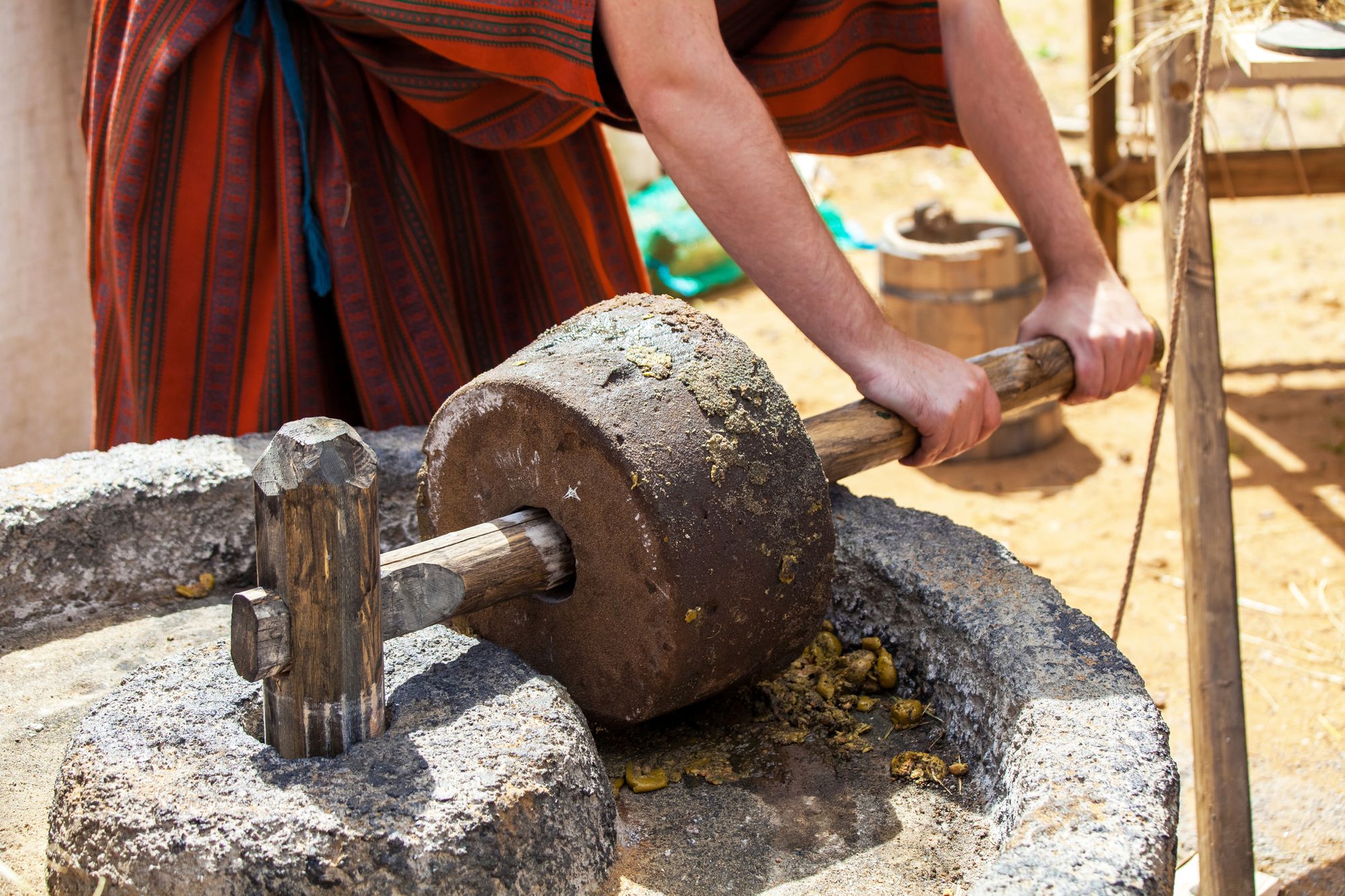
“What Is the History of Olive Oil?” from www.oliveoil.com and used with no modifications.
Making the Most of Your Trip: Family Travel Hints and Tips
Organizing a family cultural tour is akin to creating a work of art – it requires foresight, planning, and a sprinkle of imagination. The aim is to design an experience that’s fun for everyone, and that involves striking the perfect equilibrium between learning, excitement, and downtime.
How to Select the Best Tour for Your Family
When picking a tour, keep in mind the speed and adaptability. Little ones may require more breaks, while teenagers might want more excitement. Choose tours that provide a combination of guided activities and leisure time. This allows you to adjust the day to your family’s energy and interests. For families traveling to Europe, consider exploring Europe with kids for a comprehensive guide that can help you plan the perfect trip.
When to Visit: Festivals and Seasonal Events
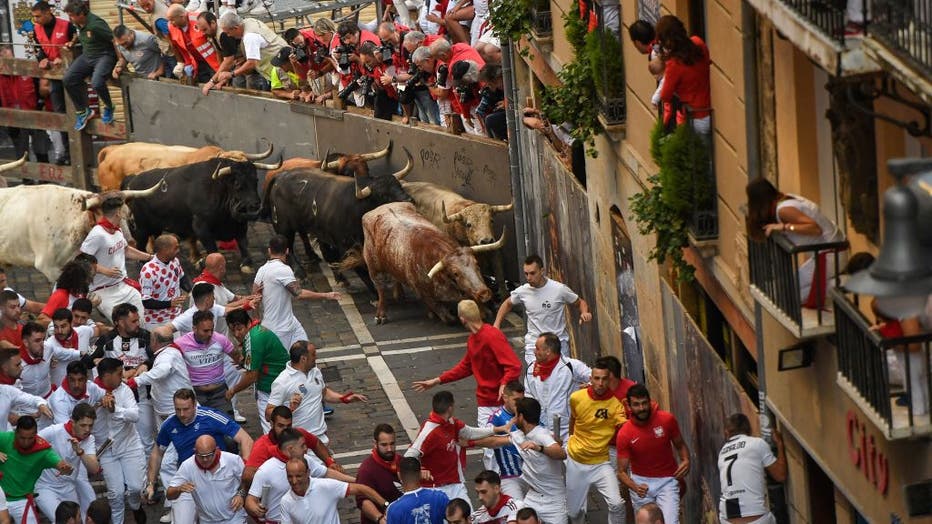
“Spain’s Running of the Bulls fills …” from www.fox5ny.com and used with no modifications.
Europe’s schedule is packed with festivals that could make your trip unforgettable. Plan your visit to align with events such as Spain’s Running of the Bulls, Venice’s Carnevale, or the Edinburgh Festival Fringe. These events provide an immersive experience in local customs and are typically filled with vibrant colors, music, and joy that enchant both kids and adults.
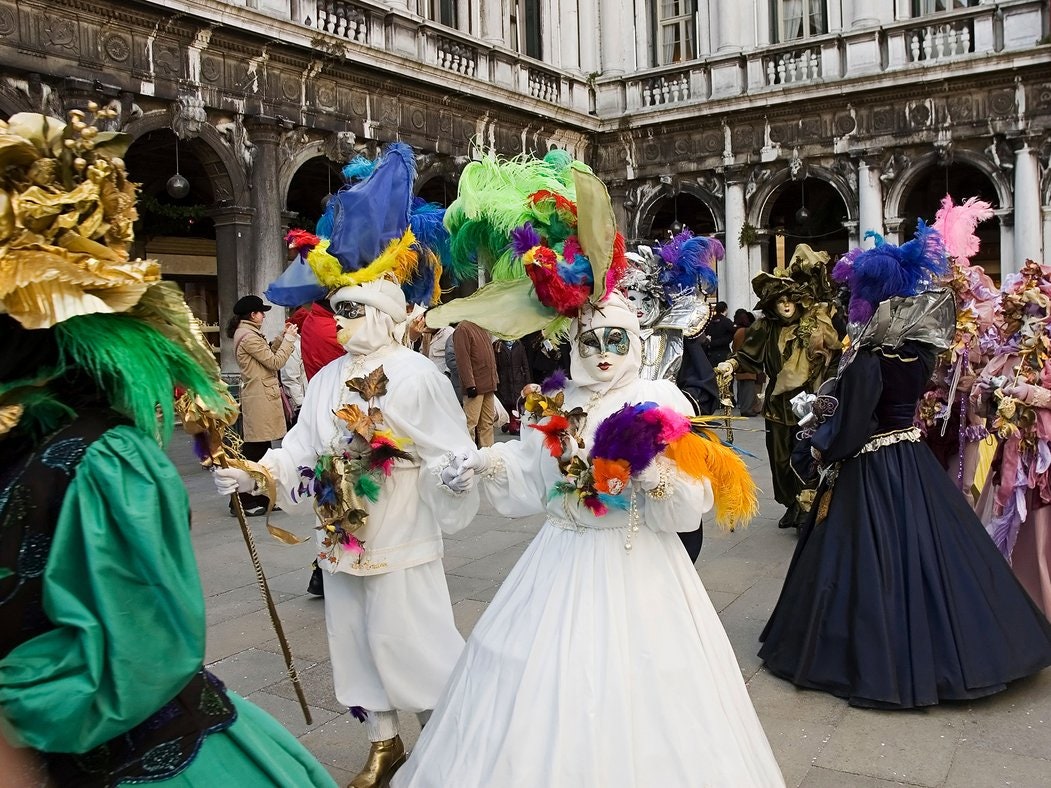
“About Carnevale in Venice …” from www.cntraveler.com and used with no modifications.

“Edinburgh Fringe Festival | @cgoodey …” from www.flickr.com and used with no modifications.
Planning Activities Based on Family Preferences

“Musée du Louvre in Paris – Attraction …” from www.frommers.com and used with no modifications.
Begin by creating a list of attractions and activities that are non-negotiable, then structure your itinerary around these. If your family is fond of nature, consider planning for hikes in the Swiss Alps or a cycling tour in the Netherlands. If you’re art enthusiasts, make the Louvre in Paris or the Uffizi Gallery in Florence a priority.
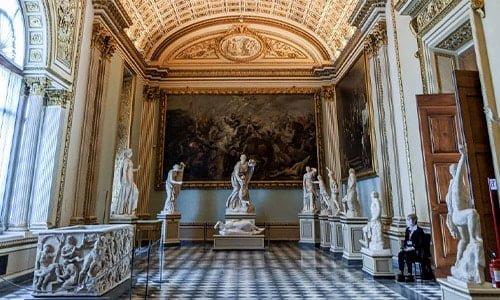
“Uffizi Gallery Opening Hours & Best …” from visitflorencemuseums.com and used with no modifications.
Next, make sure to take advantage of local experiences. Try going to a farmers’ market, spending a day in a park, or taking part in a local festival. These unexpected moments often provide the most genuine experiences and treasured memories.
Remember to keep some free time in your itinerary. Chance encounters often make the best travel stories, and the most memorable experiences often happen when you least expect them.
Travel Logistics: Ensuring a Smooth Journey
Next, we’ll discuss logistics. A smooth journey isn’t a matter of luck; it’s the product of careful planning and a dash of travel know-how.
Purchase your train tickets ahead of time to ensure your family can sit together and to get the best prices.
Look into local transportation passes to save money on buses, trams, and subways.
Think about hiring a car for more freedom, particularly in the countryside or if you’re visiting several countries.
Don’t forget, the days you spend travelling are all part of the fun. Use them to talk about what you’ve seen, play games, and plan the next part of your trip.
Getting Around Europe

Public transportation in Europe is a godsend for families. Trains and buses link big cities and even small villages, so you can see the sights without having to drive. Get your kids to learn how to read train timetables and maps; it’s a great way to get them involved in the travel plans and build their self-assurance.
When it comes to exploring cities, consider family passes for public transportation. Many cities provide discounts or free rides for children, making it a cost-effective mode of transportation. Besides, riding on a double-decker bus or a high-speed train can be a fun experience for kids!
Locating Accommodations for Families
Following a day of exploring, you’ll need a cozy place to unwind. Accommodations that are family-friendly are crucial, and Europe is full of choices. Think about apartments or holiday rentals for additional room and kitchen amenities. Numerous hotels also provide family rooms or connecting rooms for privacy and ease.
When making your booking, aim for places that have received good feedback from other families. They’ll probably point out things like breakfasts that children will enjoy, areas where they can play, or how close the place is to parks and attractions. Also, don’t forget to check if there are any special offers or discounts for families – they can really help to keep your travel costs down.
Sticking to a budget on extended trips can be a challenge, but with a little planning, you can stretch every euro. Begin by determining a daily spending limit and getting everyone in the family on board with it. Show your children the importance of money by allowing them to make minor purchases. It’s an excellent life skill and makes them feel like they’re part of the journey.
Keep an eye out for family packages at attractions, which often offer a discounted rate for families. Dining out can get pricey, so try to balance it out with picnics featuring local market goods or go to places where kids can eat for free. And don’t forget, some of the best experiences in Europe are free – like parks, squares, and breathtaking viewpoints.
Strengthening Your Family Ties Through Cultural Experiences
Family trips are not just about taking a vacation; they’re about creating lasting memories. Having new adventures, facing obstacles, and exploring the world together strengthens your bond in ways that can’t be duplicated at home.
Building Cherished Memories through Shared Experiences
Whether it’s the shared joy of watching a street artist in Barcelona or the shared wonder of seeing the Eiffel Tower twinkle at night, these moments become the stories you’ll retell for years to come. Encourage everyone to keep a journal or a sketchbook to capture these memories. Later, you can create a family travel scrapbook, a tangible reminder of your journey together.
Nurturing a Global Perspective in Children
Introducing your children to a variety of cultures, languages, and lifestyles not only expands their understanding of the world but also develops empathy. They’ll come back home with a wealth of experiences that will influence their perception of the world and their role in the international community. Explore family-friendly cultural festivals to start planning your next educational family adventure.
When you expose your kids to the world, you also expose them to the idea that despite our differences, there is a common thread of humanity that connects us all. It’s a lesson that will stick with them as they grow and find their own way in life.
Commonly Asked Questions
There are no silly questions, only the ones that aren’t asked. Here are some of the most frequent inquiries from families planning a cultural tour of Europe.
Where should I take my young children in Europe?

“Vondelpark Amsterdam – the oasis of the …” from www.passport2amsterdam.com and used with no modifications.
Consider cities that offer a combination of outdoor fun and hands-on museums. Amsterdam is a great choice with the Vondelpark and the NEMO Science Museum, as is Berlin with its numerous playgrounds and the Labyrinth Kindermuseum. The goal is to mix in plenty of playtime with your sightseeing.
NEMO Science Museum
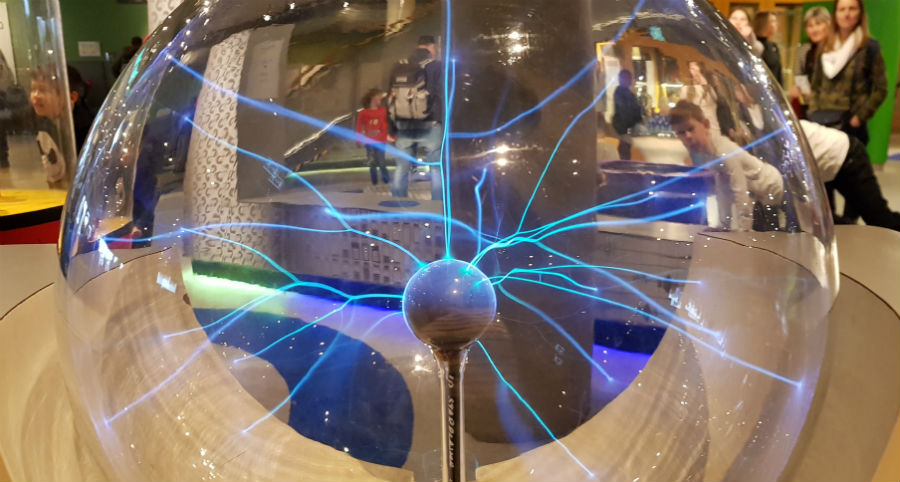
“NEMO Science Museum In Amsterdam – www …” from www.kiddieholidays.co.uk and used with no modifications.
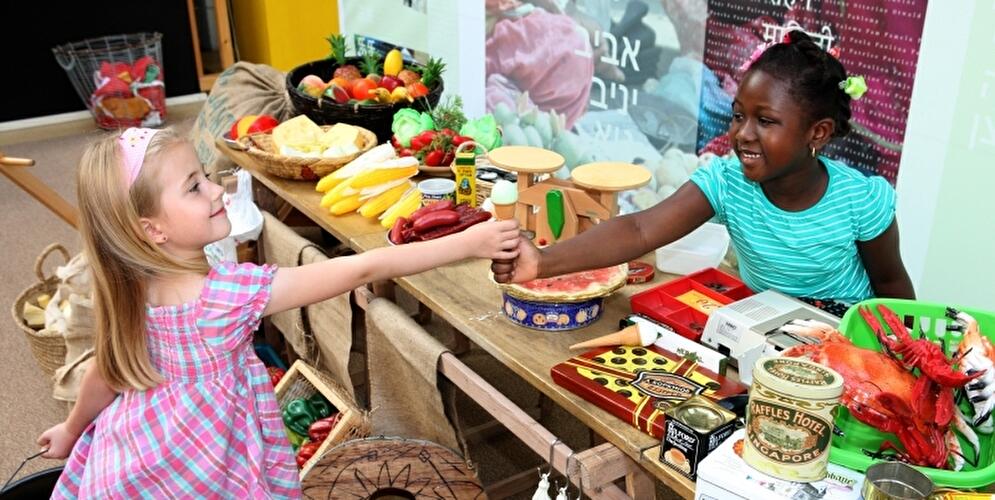
“Labyrinth Kindermuseum Berlin – Berlin.de” from www.berlin.de and used with no modifications.
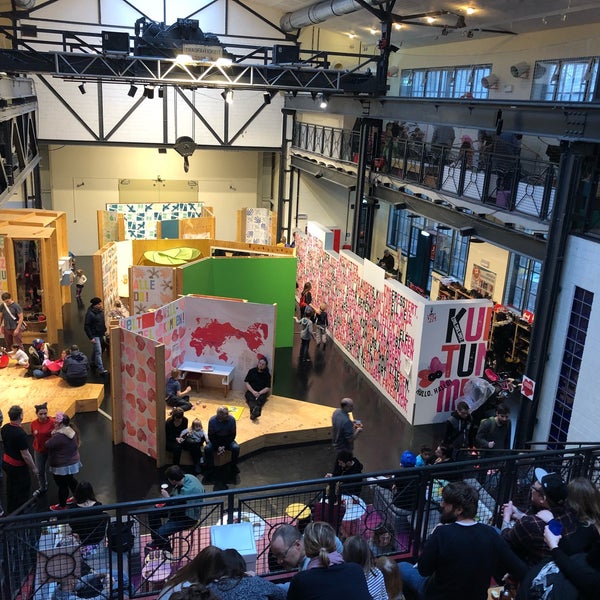
“Photos at Labyrinth Kindermuseum …” from foursquare.com and used with no modifications.
How do we make cultural experiences interesting for teenagers?

One way to make cultural experiences appealing to teenagers is by including them in the planning process. Let them have a say in some of the destinations or activities. Teens who are into technology might find a contemporary art museum like the Tate Modern in London interesting, while those who are into history might enjoy a guided tour of Rome’s ancient sites. The key is to choose activities that match their interests.
How much does a European cultural tour for a family typically cost?
The price of a European cultural tour can differ greatly based on the duration of your stay, the countries you go to, and how you prefer to travel. You can expect to pay around €150-€300 per day for a family of four, which includes lodgings, food, and activities. Keep an eye out for discounts for families and think about traveling during the low season for the best bargains.
Does Europe offer any cultural tours for families with special needs?
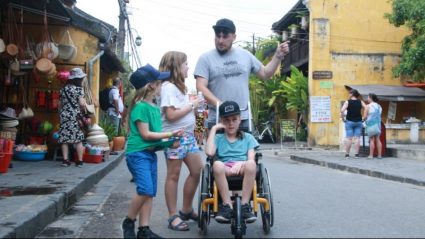
“Best Accessible Tours 2024/2025 …” from www.intrepidtravel.com and used with no modifications.
Absolutely, several tour operators in Europe provide tours that are tailored to families with special needs. This includes everything from wheelchair-friendly routes to sensory-sensitive museum tours. Make sure to let the tour operator know about your needs beforehand so they can make your family’s experience as enjoyable as possible.

Europe offers a diverse range of cultural experiences, from the ancient ruins of Rome to the modern art galleries of Paris. For families looking to explore the rich history and vibrant culture of this continent, there are numerous options. Consider planning a trip that includes family-friendly history destinations for a multigenerational adventure that’s both educational and entertaining. Whether it’s visiting the
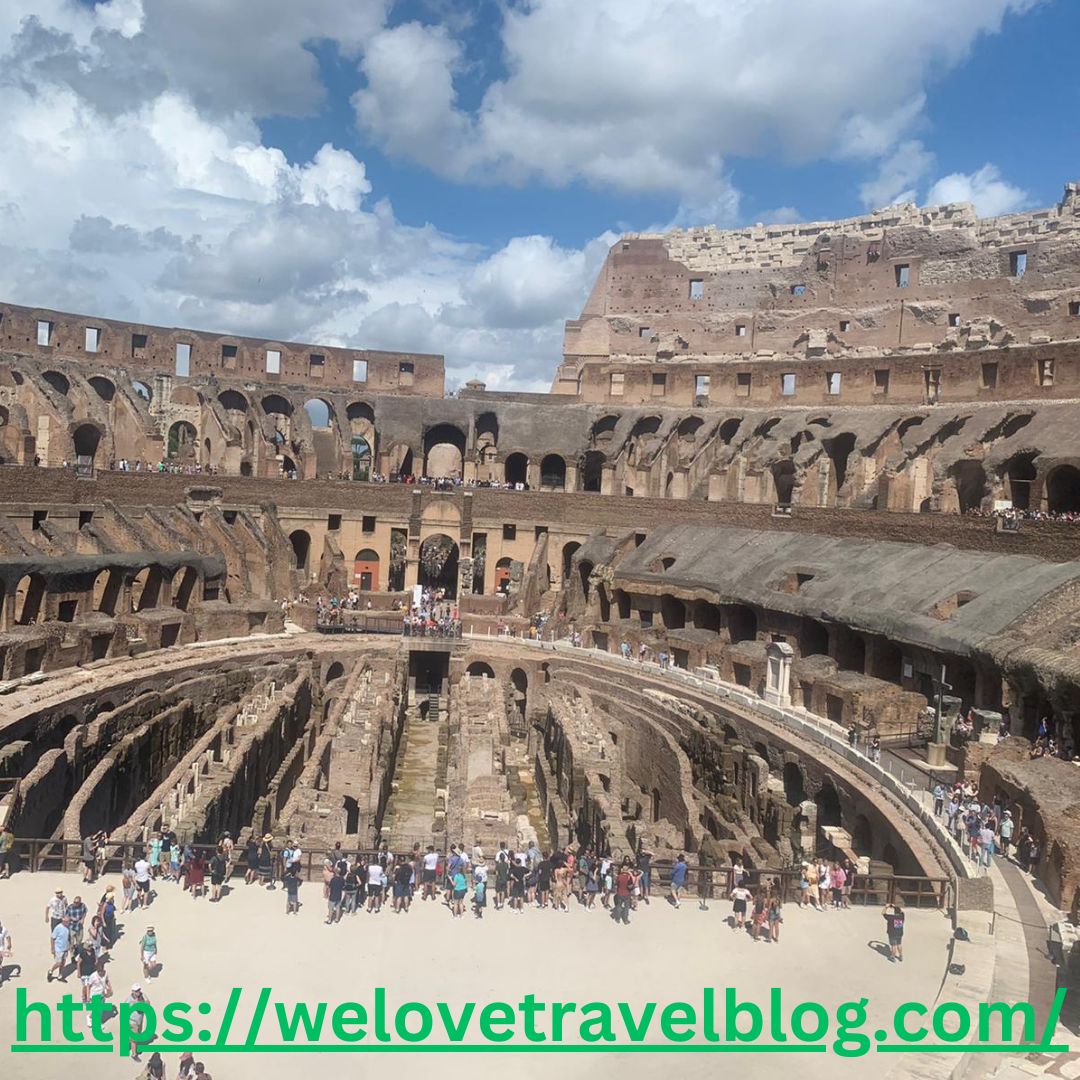
Colosseum, exploring the Acropolis in Athens, or taking part in a medieval banquet, Europe is full of opportunities to create lasting memories with your loved ones.
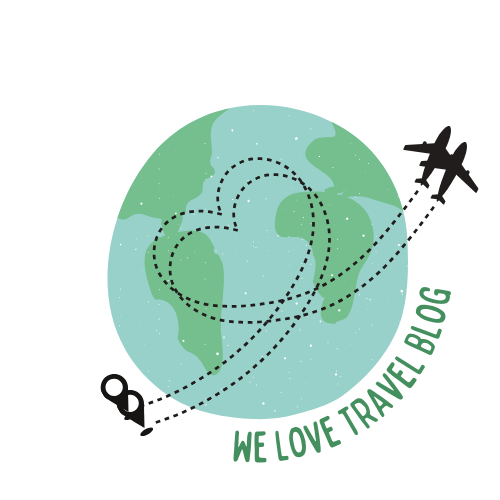

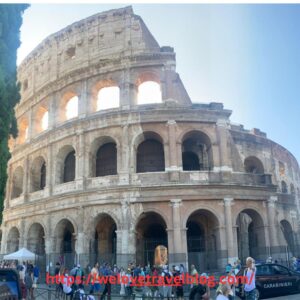
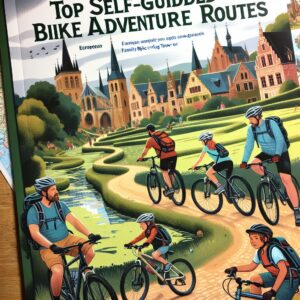
Leave a Reply